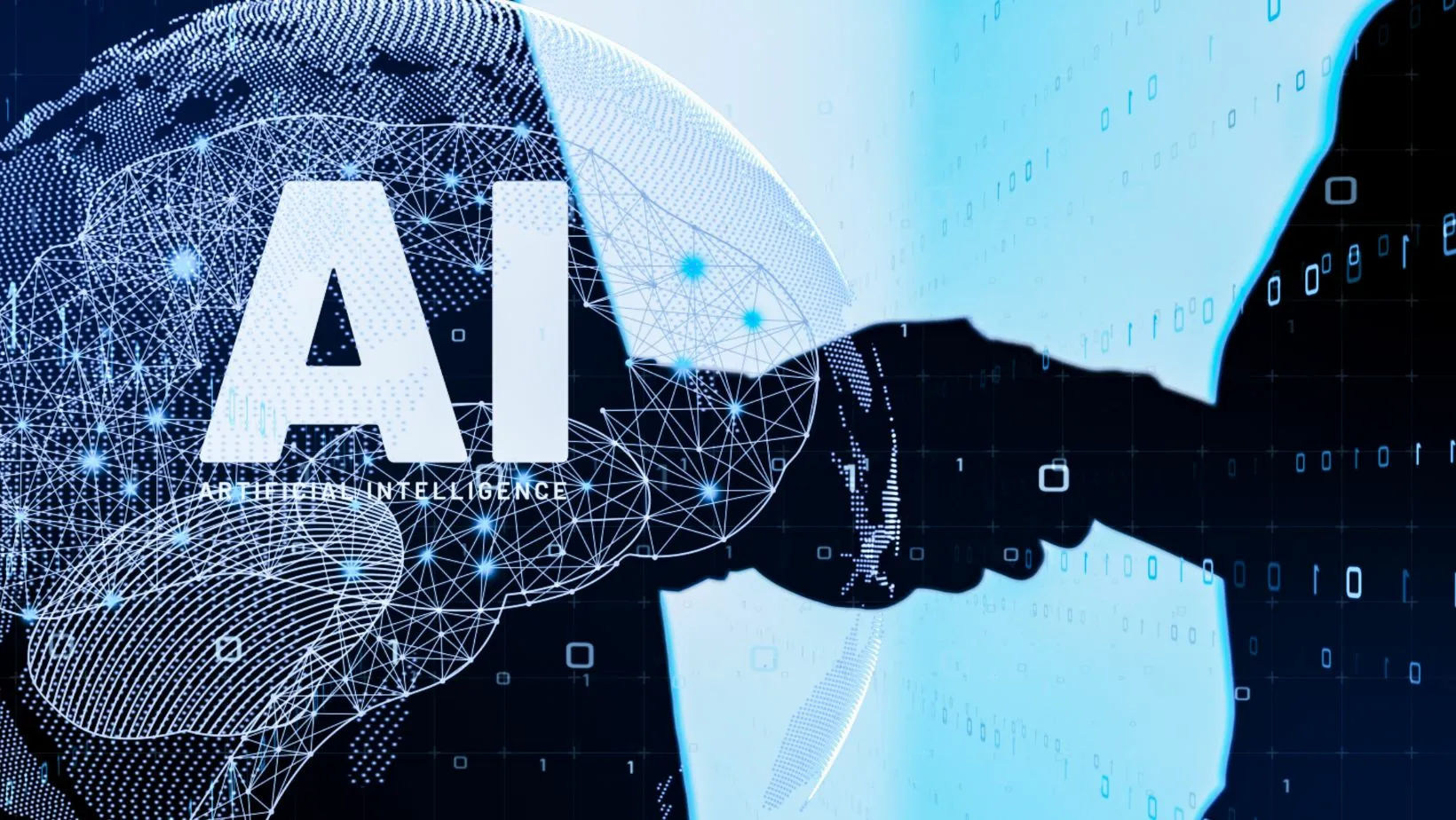In recent years, music videos have evolved from simple visual accompaniments to powerful, narrative-driven art forms. They’re no longer just about showcasing artists—today, music videos are immersive storytelling experiences that can rival cinematic productions. At the heart of this transformation lies an unassuming yet revolutionary force: Artificial Intelligence (AI).
From real-time scene generation to intelligent editing and hyper-realistic visual effects, AI is enabling creators—especially independent musicians and visual artists—to push the boundaries of what’s possible. Let’s dive deep into how AI is reshaping the visual landscape of music videos and why this shift is unlocking new dimensions of creativity.
Table of Contents
ToggleThe New Era of Creative Collaboration: Artists and Algorithms
Traditional music video production typically requires a sizable crew, budget, and post-production time. For emerging artists and smaller production houses, this has often been a limiting factor. But AI is redefining this equation.
AI-powered tools can now assist in scripting, choreographing visual sequences, and even predicting audience engagement based on emotional tone and rhythm. What once took weeks or months can now be conceptualized, created, and polished in days.
AI doesn’t replace human creativity—it enhances it. By handling repetitive or time-consuming tasks like rotoscoping, lip-sync matching, or visual enhancements, AI gives artists the space to focus on vision and storytelling. The result? Videos that are not only technically brilliant but emotionally resonant.
Hyper-Personalization: Music Videos Tailored to the Viewer
One of the most fascinating capabilities AI brings to the table is personalization. Imagine a music video that adapts to your mood, location, or even the time of day. This isn’t science fiction—it’s already happening.
AI algorithms analyze user behavior, preferences, and biometric data to dynamically alter visuals in real-time. For example, a chill lo-fi video might feature a rainy, dim-lit café for one viewer and a sunny rooftop for another. This level of customization deepens the emotional connection between the viewer and the music.
Furthermore, AI can generate visuals based on lyrics or beats, aligning the imagery seamlessly with the musical narrative. This helps elevate both the listening and viewing experience, creating content that feels tailor-made.
Democratizing Music Video Production
Perhaps the most profound impact of AI in this space is its democratizing potential. You no longer need to be a part of a major label or have access to a full production studio to create stunning visuals.
Thanks to intuitive platforms and user-friendly interfaces, even creators with minimal technical knowledge can produce compelling videos. One such platform, invideo AI, offers an ai video generator that empowers users to convert their creative ideas into polished videos with minimal effort. These tools come with pre-designed templates, automated editing features, and AI-assisted animation, making professional-grade video production accessible to all.
The affordability and accessibility of such platforms mean that creators from all walks of life—students, indie artists, educators—can tell their stories without being constrained by resources.
Visual Experimentation Like Never Before
AI-driven tools are encouraging a wave of visual experimentation that’s expanding the aesthetic vocabulary of music videos. Neural networks trained on thousands of artworks and cinematic styles can now replicate or merge visual styles, enabling entirely new looks.
Want your music video to resemble a Van Gogh painting or a cyberpunk dystopia? AI can do that—frame by frame. This style transfer technology opens new doors for genre-bending creativity. Moreover, real-time video synthesis allows directors to visualize changes instantly, reducing the time between ideation and execution.
The rise of generative AI models means we are not just editing pre-recorded visuals—we are inventing them. New worlds, characters, and environments can be born from text prompts, voice inputs, or rhythm patterns, all driven by machine learning.
AI in Motion Capture and Character Animation
Another groundbreaking use of AI is in motion capture and animation. Traditionally, capturing realistic movement required sophisticated gear and green-screen setups. But now, AI can analyze video footage or even a single image to animate avatars, sync lip movements to lyrics, and generate dance choreography.
Artists are leveraging this technology to create animated alter egos, surreal dance sequences, or even futuristic performances that would be physically impossible. The blending of live-action and AI-generated characters is turning music videos into hybrid art forms that blur the line between fantasy and reality.
The Role of Video Making Platforms in Accelerating Innovation
A critical enabler of this AI-driven creative boom is the growing ecosystem of video making apps. These apps are designed to streamline every part of the video creation process—from storyboarding and editing to animation and publishing.

For creators who are not tech-savvy or who work solo, these platforms are game-changers. They offer built-in music libraries, one-click effects, voice-over capabilities, and smart scene transitions. Whether you’re crafting a lo-fi lyric video or a high-energy visualizer, these apps reduce the barriers to production without compromising on quality.
More importantly, they support various export formats, allowing artists to tailor content for different platforms like YouTube, TikTok, Instagram, or Spotify Canvas. The ability to create platform-optimized videos with ease ensures wider reach and audience engagement.
Ethical Considerations and the Human Touch
As with any technology, the integration of AI into creative fields comes with its share of ethical dilemmas. From deepfakes to the potential over-reliance on automated tools, the industry must tread carefully.
It’s essential to maintain transparency in AI-generated visuals and to credit original creators, especially when training data involves existing artworks. Moreover, while AI can enhance visual storytelling, the heart of a great music video will always be the human emotion behind it. The AI might choreograph the scene, but it’s the artist who gives it soul.
Conclusion
The role of AI in music video production is not just to automate or imitate—but to inspire, enhance, and innovate. From hyper-personalized visuals and style transfer to motion capture and democratized tools, AI is helping usher in a new era where creativity knows no bounds.
This technological evolution is not about replacing human artistry but expanding its reach. Artists are now equipped with tools that help them break free from traditional constraints and bring their most imaginative ideas to life—ideas that were once confined to dreams or high-budget productions.
As AI continues to evolve, so too will the way we experience music and visuals—ushering in a future where every beat is accompanied by a breathtaking visual narrative crafted at the intersection of emotion, imagination, and intelligent technology.


